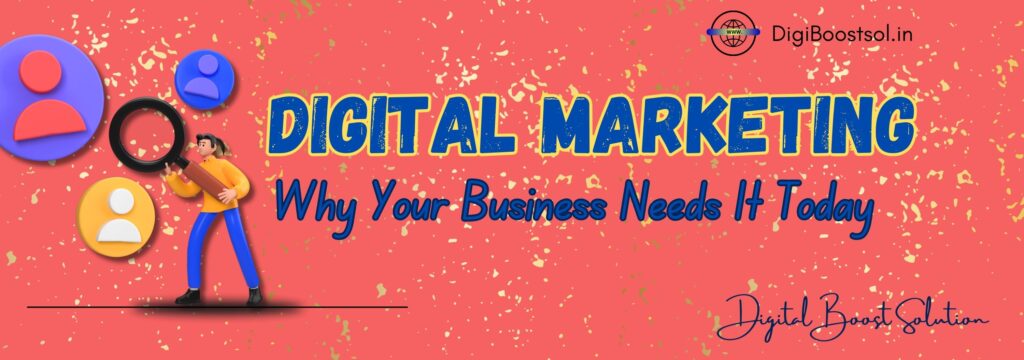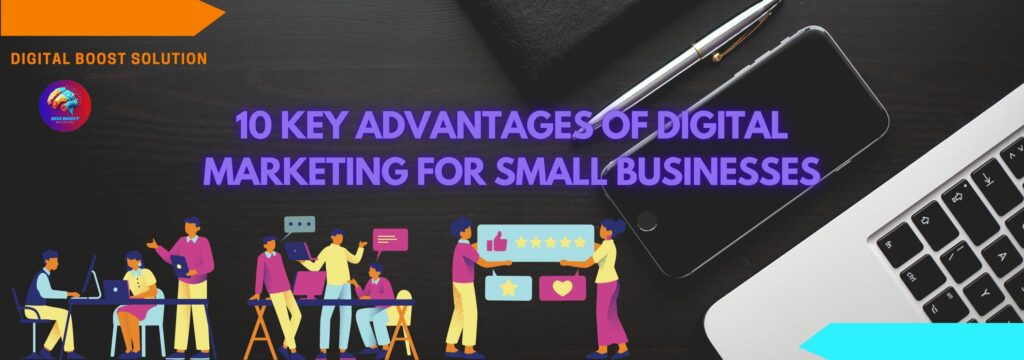Complete List of On-Page SEO Ranking Elements 2025
On-page SEO ranking factors refer to elements you can optimize directly on your website to improve search engine rankings and visibility. Here’s a comprehensive list of key on-page SEO ranking factors in 2025:
✅ Complete On-Page SEO Ranking Factors

🔹 1. Title Tag (Meta Title)
- Include main keyword at the beginning.
- Keep under 60 characters.
- Make it catchy for higher CTR.
🔹 2. Meta Description
- Summarize content clearly.
- Add primary and secondary keywords.
- Keep it under 160 characters.
- Not a direct ranking factor, but improves CTR.
🔹 3. URL Structure

- Short, clean, and keyword-rich.
- Avoid special characters and long strings.
- Use hyphens (-) instead of underscores (_).
🔹 4. Header Tags (H1, H2, H3…)
- One H1 tag per page with the main keyword.
- Use H2 and H3 to organize subtopics.
- Improves readability and SEO structure.
🔹 5. Keyword Placement
- Use primary keyword in:
- Title Tag
- H1 Tag
- First 100 words
- Meta Description
- URL
- Image Alt Text
- Use LSI (Latent Semantic Indexing) keywords.
🔹 6. Content Quality
- Unique, relevant, and engaging.
- In-depth coverage of the topic.
- Solve the user’s problem or query.
- Aim for 1000+ words when appropriate.
🔹 7. Content Freshness
- Update old posts with current data.
- Add new information regularly.
- Signals relevancy to Google.
🔹 8. Internal Linking
- Link to relevant posts and pages.
- Helps with crawlability and user navigation.
- Use descriptive anchor texts.
🔹 9. External Linking
- Link to high-authority external sources.
- Improves credibility.
- Don’t overdo it — 2–4 good links are enough.
🔹 10. Image Optimization
- Use relevant images with descriptive file names.
- Add alt tags with keywords.
- Compress images for faster loading.
🔹 11. Mobile-Friendliness
- Responsive design for all devices.
- Use Google’s Mobile-Friendly Test.
- Improve font size, button spacing, and layout.
🔹 12. Page Speed (Core Web Vitals)
- Optimize images, enable browser caching.
- Use fast hosting and CDN.
- Minimize CSS, JS, and HTML.
🔹 13. HTTPS / SSL Certificate
- Secure site (HTTPS) is a confirmed ranking factor.
- Builds user trust and credibility.
🔹 14. Structured Data / Schema Markup
- Use JSON-LD for markup (like FAQs, reviews, events).
- Helps Google display rich snippets.
- Use tools like Google’s Structured Data Testing Tool.
🔹 15. User Experience (UX)
- Easy navigation and clean layout.
- Reduce bounce rate.
- Improve Dwell Time (time spent on page).
- Avoid intrusive popups or ads.

🔹 16. Readability
- Use short paragraphs, bullet points, and subheadings.
- Avoid jargon — write in simple, conversational language.
- Use tools like Hemingway or Grammarly.
🔹 17. Canonical Tags
- Prevent duplicate content issues.
- Use canonical URLs to tell Google the preferred version of a page.
🔹 18. Robots.txt & Meta Robots Tags
- Control what search engines can crawl.
- Use
noindexon pages you don’t want in SERPs.
🔹 19. XML Sitemap
- Helps search engines discover and index your content.
- Submit it via Google Search Console.
🔹 20. Breadcrumb Navigation
- Improves internal linking and UX.
- Helps search engines understand site structure.
🔹 21. Outbound Click Behavior
- Google may consider how users interact with outbound links (e.g. if they bounce back).
- Link to useful, relevant content only.
🔹 22. Language & Regional Targeting
- Use hreflang tags for multilingual/multiregional sites.
- Helps with proper indexing and avoids duplicate content issues.
🔹 23. Social Sharing Integration
- Add sharing buttons (Facebook, Twitter, WhatsApp, etc.).
- Encourages content distribution and user engagement.
🔹 24. Core Web Vitals (Updated Google Metrics)
- LCP: Largest Contentful Paint (page load speed)
- FID: First Input Delay (interactivity)
- CLS: Cumulative Layout Shift (visual stability)
🔹 25. Engagement Metrics (Behavioral Signals)
- Time on page, bounce rate, and click-through rate (CTR).
- Focus on creating engaging content that holds attention.
🔹 26. Use of FAQs / People Also Ask Integration
- Adding FAQ schema can get your result into PAA boxes in Google.
- Use question-based headers and clear answers.
🔹 27. Optimized Anchor Text
- Use keyword-rich and descriptive anchor text.
- Avoid generic ones like “click here.”


